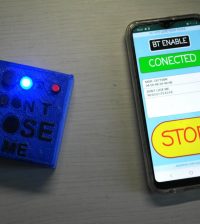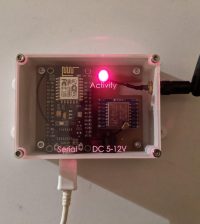- How to Adjust X and Y Axis Scale in Arduino Serial Plotter (No Extra Software Needed)Posted 4 months ago
- Elettronici Entusiasti: Inspiring Makers at Maker Faire Rome 2024Posted 4 months ago
- makeITcircular 2024 content launched – Part of Maker Faire Rome 2024Posted 6 months ago
- Application For Maker Faire Rome 2024: Deadline June 20thPosted 8 months ago
- Building a 3D Digital Clock with ArduinoPosted 1 year ago
- Creating a controller for Minecraft with realistic body movements using ArduinoPosted 1 year ago
- Snowflake with ArduinoPosted 1 year ago
- Holographic Christmas TreePosted 1 year ago
- Segstick: Build Your Own Self-Balancing Vehicle in Just 2 Days with ArduinoPosted 1 year ago
- ZSWatch: An Open-Source Smartwatch Project Based on the Zephyr Operating SystemPosted 1 year ago
A floor that changes shape for VR
Virtual reality technology has come a long way over the past decade, but there are still some things that could be done to make it even more interactive and engaging. What if virtual reality users could actually feel the ground they walk on rather than just seeing it? A team of students from KAIST in South Korea and the University of Chicago set out to tackle this problem by creating a 1.8m x 0.6m platform that can precisely create the feel of varied terrain. This device uses a total of 1,200 pins which can rise and fall individually with a resolution of 15mm.

The movement of the pins is obtained through a complex mechanism which, moving row by row through the 60 rows, will push or pull these pins. There are 10 actuator modules in total which each contain an Arduino Nano, a regulator, two DC motors, a Hall effect sensor and a pair of magnets. The locking mechanism is controlled with an Arduino Uno and two servo motors, and horizontal movements are also performed with one Arduino Uno and two microstepper controllers.















